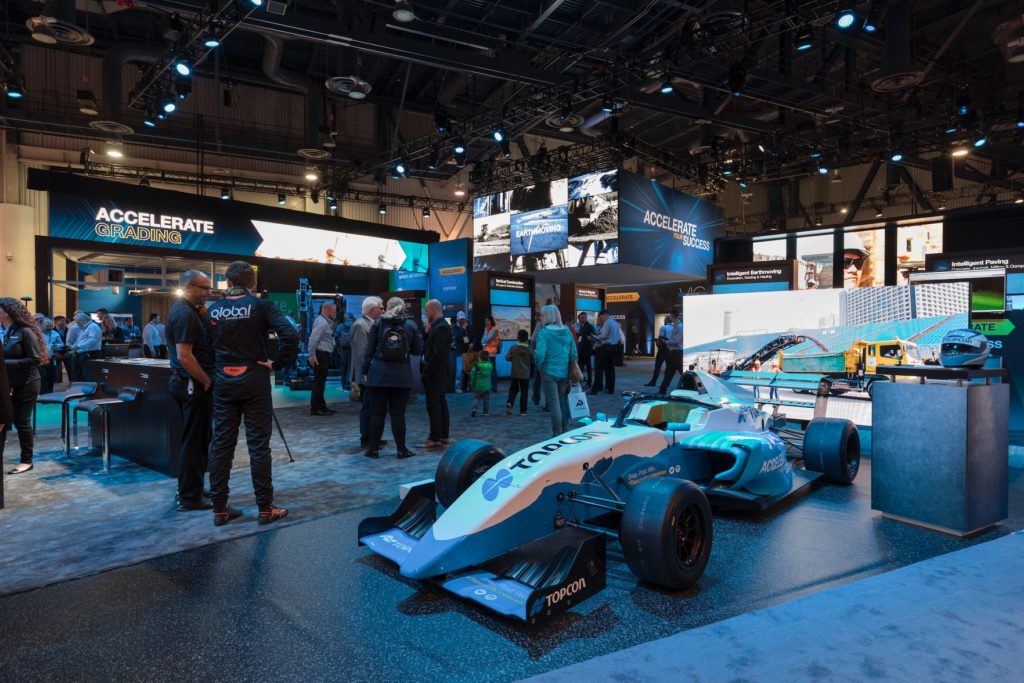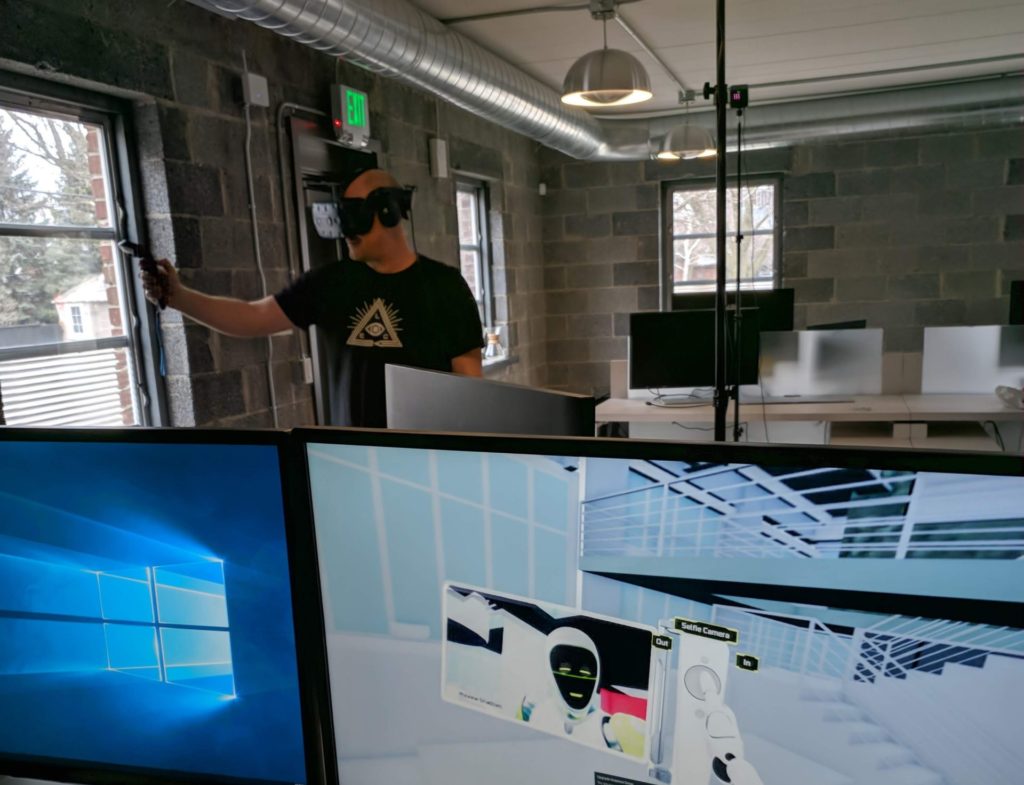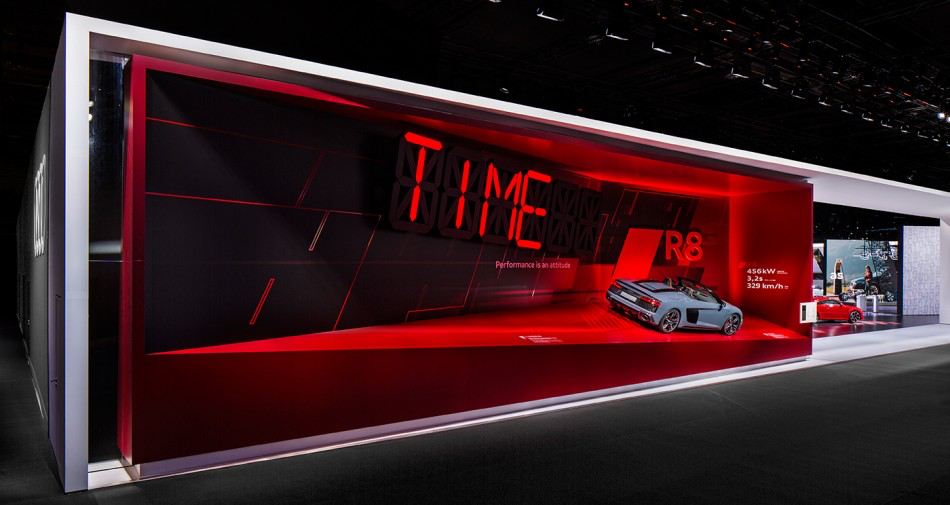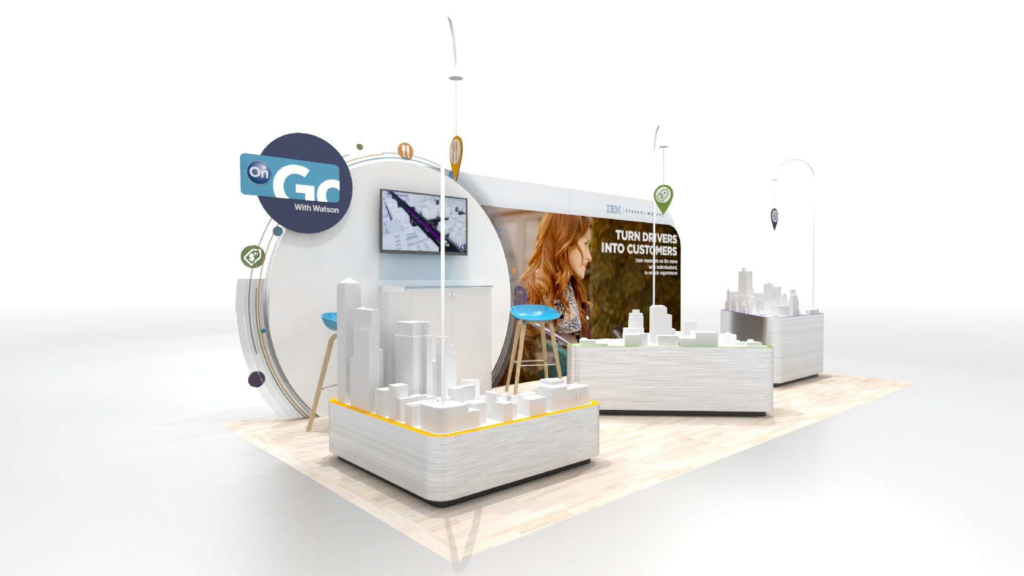During my time at ASTOUND Group, our marketing team had submitted to the World Exhibition Stand Awards. The team had approached me to respond to the questions provided as a representative of ASTOUND. These were questions about industry foresight, design trends, and the globalization of face-to-face marketing. Below are responses from my perspective that were then edited to represent ASTOUND Group. I share this version that reflects my own opinions and industry biases that may not be shared by ASTOUND.
1) What does it mean to you to be a 2020 Finalist in the World Exhibition Stand Awards?
It’s amazing to have been recognized as a Finalist and would be an honor to win. We love exhibition industry and respect the work of our competition who has been recognized alongside us. The global audience that the World Exhibition Stand Awards attracts means greater standards, greater competition, and a greater winner.
2) What are the big trends in exhibition stand design?
The industry (particularly in North America) is at a crux. Much of what we see is commoditized and one-size-fits-all. However, we find that with great relationships and a strategic approach, exhibitors are embracing creativity, looking to stand out, and finding ways to extend their footprint. Evolving build tactics have made fabrication and installation easier, freeing up dollars for digital experiences, larger-than-life audio visual, and creative pre- and post-show outreach.

3a) How international is the exhibition industry becoming?
The global economy has certainly played a part in the exhibition industry. It seems as though for every major show in North America, there is an equivalent overseas. We’ve also found that the fabrication and installation tactics in North America have influenced design and build overseas and vice versa, ensuring consistent brand experiences across the globe.
3b) What is driving this internationalisation?
The demand for face to face experiences is universal. There are amazing things being done on the web or through other digital media, but properly executed, personally authentic experiences cannot be replicated. Even as we look to fill this gap during a global pandemic, it is abundantly clear that face-to-face marketing works for every audience and every brand.
4) What has been the best innovation of the past 5 years?
Virtual reality – but not in the way most individuals would expect it. VR has become a tremendous tool in collaboration and visualization. As projects are being designed, gaming engines and real-time renderers allow for real, on-the-fly collaboration at human scale. About 10 years ago there was a moment where both 3D printing and virtual reality burst on the scene as potential ways to capture a design, and after some hurdles and much technological advancement, VR is a staple in creative workflow.

5) What are clients currently asking for in stand and experience design?
Every brand wants a sharable / Instagrammable experience. Those requests can often be daunting. Some of the most successful photo experiences are created with a lack of branding and a lack of effort. When brands clearly crave social attention, authenticity is thin and audiences see it.
6) How are exhibitions and stand design staying relevant in a digital world?
Good digital experiences can be inauthentic (see FyreFestival). Face-to-face interaction gives a brand a personality that can’t be written, designed, or rendered. However, exhibitions are only as strong as their execution, requiring both a good partner, and staff that understand and accurately represent your brand.
7) What do you expect the next 5 years will hold for exhibition stand design?
The current pandemic has certainly made this more difficult and tumultuous than we could have ever imagined, however demand is still high as ever. In the short term, cost-per-contact will be high due to low attendance. After the first year or two of returning to normalcy, this rut in ROI should boom back as attendance does. This state will increase the long-term demand, spends, and creative desires.
8) Do exhibitions get the status they deserve versus other marketing channels?
It’s easy to be in this industry and be jaded. There are a lot of vets who have watched the industry ebb and flow, but I think it’s most important to speak to people who are not day-to-day tradeshow workers or attendees. Businesses value face-to-face, creatives appreciate the media-agnostic creativity, and carpenters admire the speed and modularity.
9) What’s the best exhibition stand or event you’ve seen in the last year?
Google never seems to disappoint at CES. Audi’s design in Frankfurt is an impressive fabrication that also pokes some fun at the “Instagrammable experiences” every marketer seems to desire.

10) If you could change one thing about the world of exhibitions what would it be?
The “show-me-what-you-can-do” mentality of winning business. Relationships, services, and track record should be effective ways of choosing a partner. Requiring proposals that can cost 10’s of thousands of dollars to put together, only to eliminate participants on a limited brief doesn’t create a basis of trust when building a marketing relationship
11) Does stand size matter?
Not at all. Particularly in the age of digital experiences. Digital will never replace face-to-face, but when combined, a small, smart footprint can surpass a large half-baked one.

12) What are the biggest challenges for exhibition stand design and build currently?
Scale... but not “the bigger the better”. Some of the best work is done when agencies can partner with clients, work on multiple events, be immersed in the brand, and create economies of scale. Widespread project portfolios and one-off projects stifle creativity and make tight budgets even tighter.


